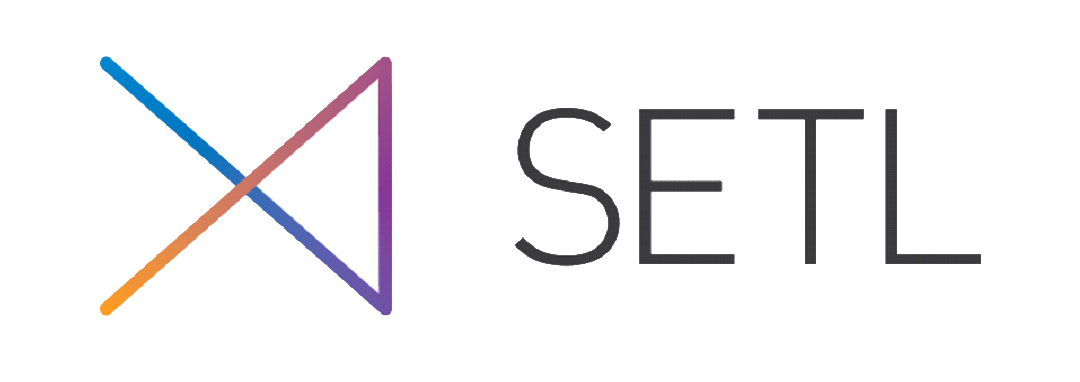The Case for Central Bank Digital Currency
Anthony Culligan, Chief Engineer
11/6/19
SETL has, since its inception in 2015, promoted the potential benefits of Central Bank Digital Currency. Central banks have understood and variously supported the proposition, but are rightly cautious and conservative. The LIBRA proposition and a number of other initiatives including PBoC’s digital currency have put the issue front and centre for the financial services community. There is no question that ‘big tech’ has the reach and the savvy to construct a digital currency system, but the debate has moved to how such a system should be regulated – an area where the knowledge lies with banks, regulators, and central banks. In this article I highlight the pros and cons of a digital currency and how the battle for money tech might evolve.
The special position of Central Banks
Central Banks hold a special position in respect of banks in an economy. As well as typically being the only bank that can issue bank notes, they have the ultimate ability to create or print money. Since the demise of the gold standard, it does not particularly require reserves to do so. This means that it is impossible for a Central Bank to be in a position where it is unable to meet its obligations in so far as they are denominated in their home currency. For example, an account at the Bank of England gives the holder the right to demand bank notes from the Bank of England. Without a reserve requirement, it can produce those notes at will and therefore has unlimited liquidity. Holders of Bank of England Sterling obligations (either notes or accounts) do not, therefore, have any credit risk. This applies widely to central banks in general. This feature of central bank money makes it a good settlement asset.
How are Central Banks involved in payments?
When a customer of one bank pays another using a debit card or a bank transfer, three essential actions must take place.
1. The sender’s bank must debit the sender’s account.
2. The receiver’s bank must credit the receivers account.
3. Finally, the sender’s bank must ‘pay’ the receiver’s bank.
In a typical instant payment transaction such as a contactless card payment or an instant online transfer, the emphasis is on adjusting the end customer balances and this is done almost immediately. The third step, the interbank payment, usually happens later and this is where the central bank comes in. As banks are acknowledging payments to and from other banks’ customers, they keep a tally of the net amount they owe or are owed by other banks. Periodically, they ask for ‘settlement’ of this amount.
Settlement means that a value is passed from one bank to another and, as a result, the running tally is extinguished. Pre 19th Century this might actually be in a physical movement of gold held at the Central Bank. Nowadays it is a transfer between one bank’s account at the central bank, and the another i.e. a book entry at the central bank.
How is Central Bank money different to a bank account?
With a bank account, an account holder is subscribing to a promise that the bank will make transfers to other banks on the account holder’s instruction. The account holder’s ‘money’ is technically owned by the bank and is used to make profitable loans for the bank’s benefit. The account holder, in return, receives interest. There is a possibility (usually very small) that a bank will not be able to make settlement transactions at the central bank because it does not have sufficient balance in its account there. This may be because the bank has made long term investments which it cannot sell or realise. In such cases the account holder will not be able to make any payments.
The alternative way to make payments is in notes and coins. Notes and coins are issued directly by the central bank and are not subject to any arrangement or agreement with a third party. When a person makes a payment in cash, there is no need for any account to be updated and nothing to be done by the central bank. In this approach, there is no dependence upon a bank and its lending strategy and no risk that payment cannot be completed. On the downside, carrying around significant amounts of cash is inconvenient and subject to the risk of it being misplace, lost or stolen.
The best of both worlds CBDC
In a CBDC system, notes and coins are tokenised so that they can be exchanged electronically. The idea is to have the convenience of a bank account system which can be used in shops, online and to make person to person payments. Alongside this, CBDC should benefit from the desirable properties of cash in that holders do not have to give up ownership of their money to a bank and do not have to participate in the complex account to account processing that goes on behind the scenes.
In a nutshell, a CBDC system allows for payments to be explicitly separated from banking.
Some use cases
SETL provides an off-the-shelf model for central banks to work with in experimenting with CBDC. SETL’s technology is scalable to billions of transactions a day so is entirely able to deal with the number transactions that might benefit from CBDC.
It is unlikely that CBDC will be adopted in place of systems that work very well today – such as contactless payment cards. There are however two use cases that SETL sees as compelling;
Micropayments are tiny payments in respect of IoT or online interactions. These payments can be a fraction of a cent and the participants in a micropayments eco-system are unlikely all to join a single bank or payment silo. There is literally no way for such small payments to be processed through conventional account to account systems across a diverse banking environment. The choice, therefore, is for one or two closed silos or for a CBDC approach.
Smart Money is the ability for payments to be allocated at the time of payment according to some context. With the advent of the online shopping, the context of many payments can include cross state or cross border elements. Retro-fitting such features to a conventional payment system would likely be impossible. Building it into a CBDC infrastructure around a blockchain and contract framework would be cleaner and less costly. The payoff is the possibility for pay-as-you-spend frameworks which might include complex digital rights and tax payments.
There are many other use cases which SETL considers are best served by CBDC. For more information, get in touch with us to arrange for a discussion on your needs.



